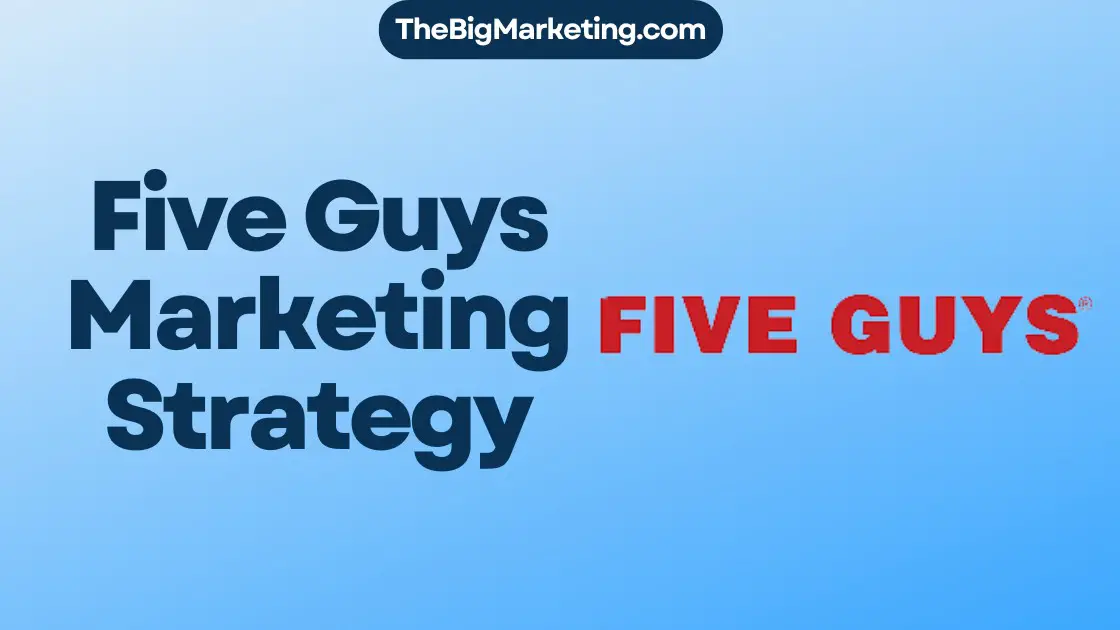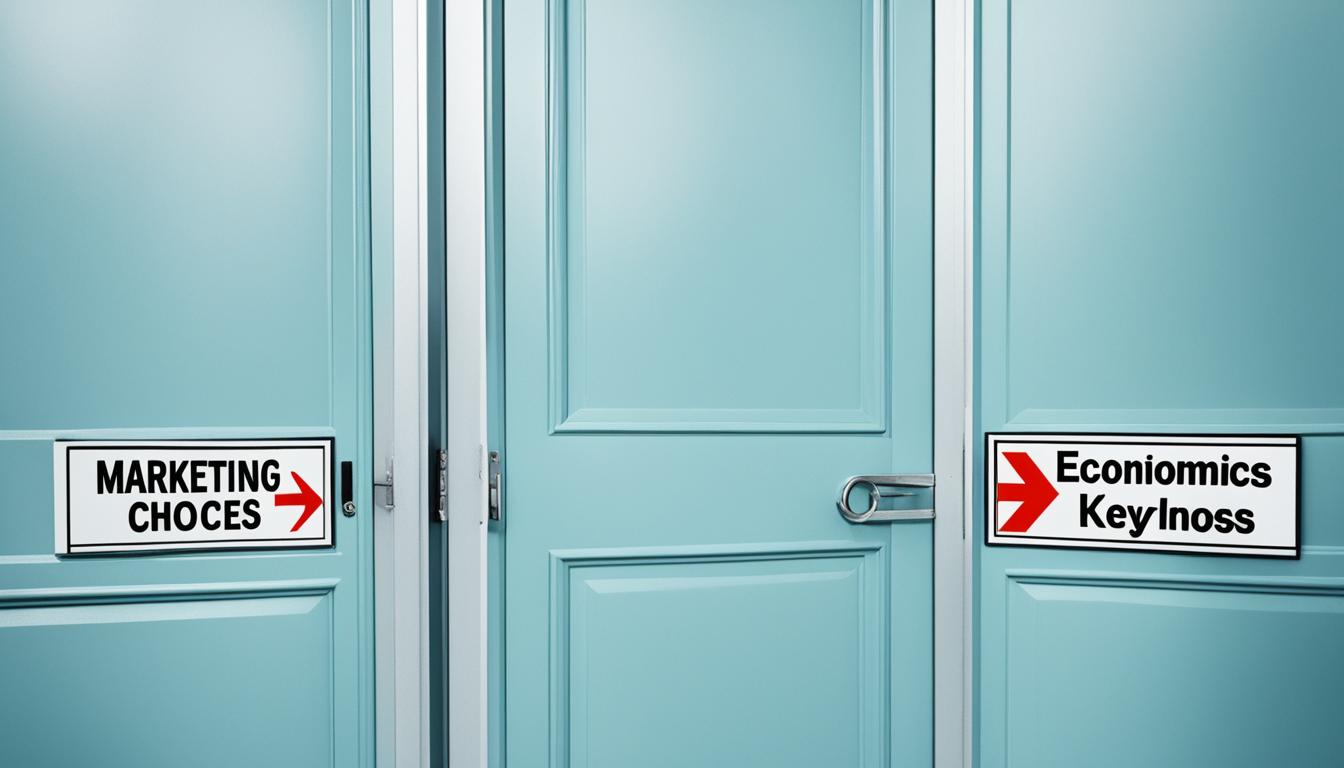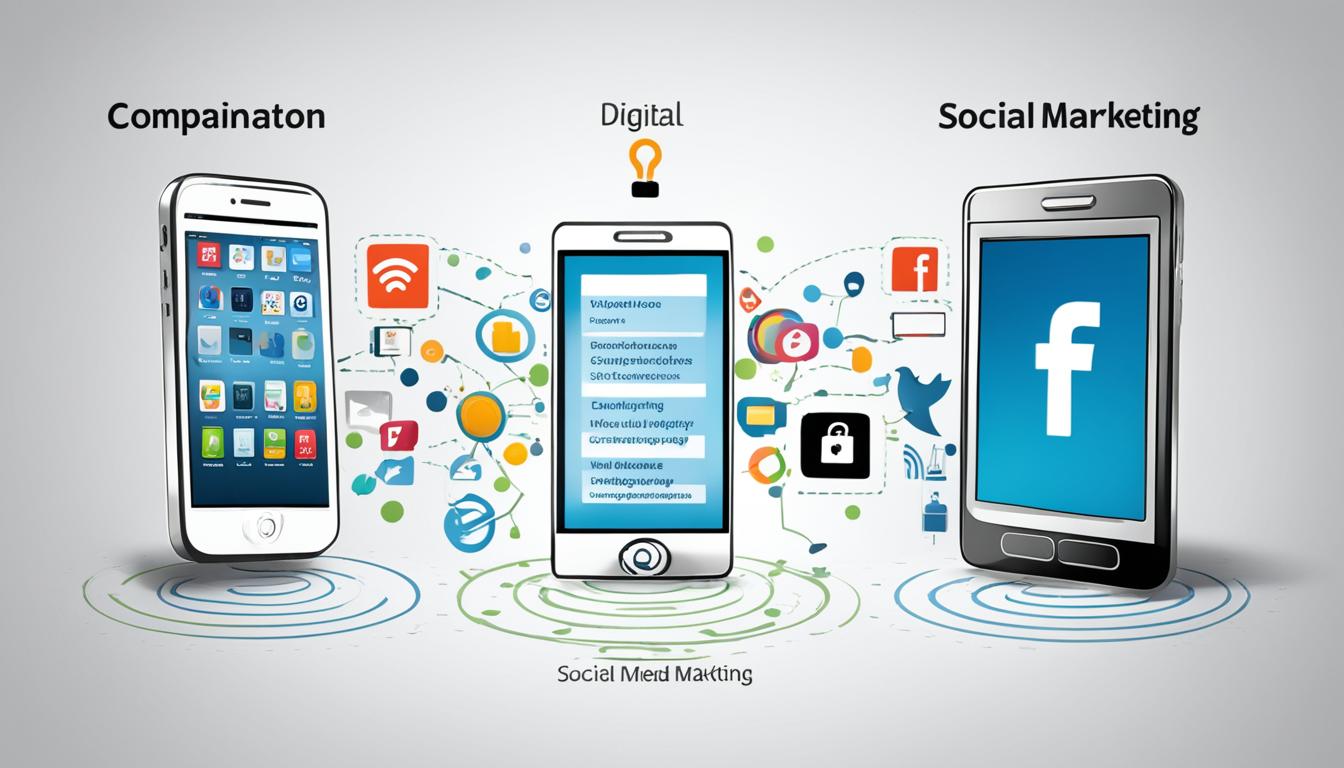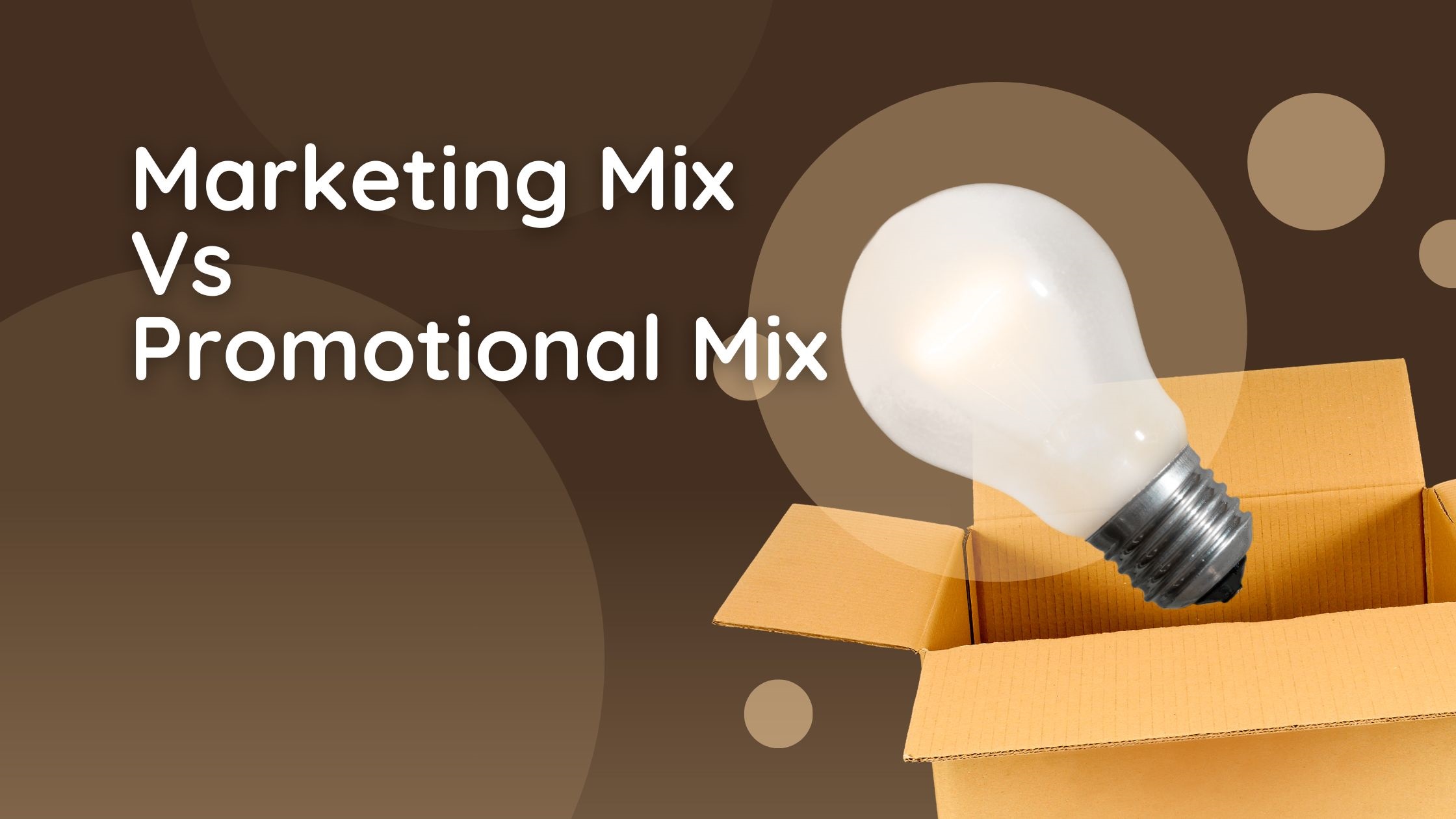Marketing Development Funds (MDF) are essential for boosting sales and marketing efforts of channel partners. These funds come from vendors. They can be in money form or as knowledge. MDF supports activities like advertising, webinars, trade shows, and phone campaigns. Channel partners, by working closely with vendors, can use MDF to make their brand more visible, get more leads, and increase sales.
Key Takeaways:
- MDF, or Marketing Development Funds, are resources granted by vendors to channel partners to support sales and marketing programs.
- MDF can be monetary or knowledge-based and is used to fund initiatives such as local brand awareness campaigns, webinars, trade show participation, and telemarketing campaigns.
- Close coordination with vendors and proper utilization of MDF can lead to increased brand visibility, lead generation, and sales for channel partners.
- Channel partners must carefully plan and understand the requirements and processes of vendors’ MDF programs to obtain funds.
- Maximizing MDF opportunities requires focusing on key vendors, understanding vendor requirements, and demonstrating commitment through technical certifications and sales pipeline sharing.
Funding Structures for MDF
Vendors give money rewards to channel partners based on their program status and growth potential. A partner’s status usually depends on meeting sales and certification goals. Vendors also give leads and marketing tools, besides cash rewards.
It’s vital for channel partners to know how to get MDF program funds. They must understand their status and how to get the most from the program. This helps in getting needed funds.
This requires aligning with the vendor’s goals and showing how the partner’s skills can help. By using their status and showing their abilities, partners become important to the vendor’s business.
Partners should find others in their network who could help the vendor grow. These partnerships help vendors reach new areas and markets.
Potential Partner Identification
Understanding potential partners well is key to getting MDF funds. Partners can spot good matches for joint marketing through research and analysis. This involves finding others who share their audience and have the right skills.
| Criteria for Potential Partner Identification | Description |
|---|---|
| Industry expertise | Identify partners with deep industry knowledge and experience to leverage synergies and enhance joint marketing efforts. |
| Complementary offerings | Look for partners whose products or services complement your own, creating opportunities for cross-promotion and joint marketing activities. |
| Shared target audience | Target partners whose target audience aligns with your own, as this can maximize the impact of joint marketing initiatives. |
| Geographic coverage | Consider partners who have a strong presence in specific regions or markets where you aim to expand your reach. |
Finding the right partners based on these criteria helps in making successful collaborations. This secures the needed MDF funds for marketing.
Examples of MDF Use
Channel partners have a big chance to use MDF to boost their marketing and grow their business. Here’s how MDF can make a big difference:
- Local Brand Awareness: MDF helps in making more people know about your brand locally. It can be used for radio ads, sponsoring local events, or online ads aimed at the right people.
- Webinars: Hosting webinars is a great way to use MDF funds. These webinars can teach potential customers important things. This builds trust, brings in leads, and helps form strong ties with future customers.
- Trade Shows: MDF makes it easier to be part of trade shows. It helps pay for booth space and create eye-catching displays. This way, you get to meet more people and find new leads.
- Telemarketing Campaigns: MDF is perfect for telemarketing, which helps get leads and boost sales. It pays for lists of likely customers, training for callers, and tactics to make phone calls more effective.
MDF is also good for organizing lunch-and-learn events. These events teach people about your products and services. They make more people know about your brand and see you as a leader in your field.
Using MDF wisely helps channel partners spread the word about what they offer. It increases how well-known their brand is, gets more leads, and significantly grows sales.
Best Practices for MDF
To make the most of MDF, channel partners need to follow key practices. These align with vendor needs for successful MDF use. Practices include:
- Focus on key vendors: Prioritize major vendors to help boost revenue. This help builds strong bonds and increases chances to get MDF.
- Understand vendor requirements: It’s key for partners to know vendor’s MDF rules. They should get familiar with what’s needed and when, for a better experience.
- Plan meticulously: Good planning is critical. Partners should outline their goals, who they’re targeting, and marketing plans for MDF support. Good planning raises chances of effective fund use.
- Document everything: Keep detailed records of all MDF actions. Tracking expenses, results, and ROI helps in assessing success and making future campaign decisions.
- Follow up diligently: It’s important to check on MDF projects. Regular updates to vendors about progress shows commitment to reaching goals.
- Show commitment: Partners can get closer to vendors and get more MDF by showing dedication. This includes getting certifications, promoting products, and sharing updates. It shows a strong willingness to succeed together.
Following these practices helps channel partners fully benefit from MDF, meet vendor needs, and gain the best results from marketing efforts.
MDF vs. Co-op Marketing Funds
Marketing Development Funds (MDF) and co-op marketing funds are two key sources vendors offer to support their channel partners. Although both aim to aid in marketing efforts, they differ in eligibility and how they’re used.
Co-op marketing funds are for high-volume sellers. These sellers make a lot of money for the vendor. This type of funding is for things like brand campaigns and expanding into new markets.
MDF, however, is for short-term marketing plans. It helps with local brand awareness, trade shows, or telemarketing for quick results. It’s great for partners wanting to increase sales fast.
Knowing the difference between MDF and co-op funds is crucial. It helps channel partners plan their marketing better. With the right funding, partners can make a big impact and reach their goals.
Here’s a table summarizing the key differences between MDF and co-op marketing funds:
| MDF | Co-op Marketing Funds |
|---|---|
| Short-term activities | Long-term campaigns |
| Used for immediate results | Allocated for ongoing initiatives |
| Supports sales drive | Focuses on brand building |
| Flexible budget allocation | Allocated to high-volume sellers |
Understanding MDF and co-op marketing funds helps partners use them well. This leads to effective marketing strategies that drive results.
Image description: An image illustrating the comparison between MDF and co-op marketing funds.
What are MDFs and How They Work
Marketing development funds (MDFs) support B2B SaaS channel partners for marketing. They help in executing successful marketing strategies and boosting sales. MDFs are crucial for channel partners.
MDFs help partners increase brand awareness and reach more people. They can be used for various campaigns, like digital ads and social media. This way, partners can design campaigns that attract potential customers and generate leads.
MDFs are also used to create valuable content, such as blog posts and videos. This content helps channel partners establish themselves as industry leaders. It also builds their credibility.
Channel partners use MDFs for events like webinars and shows to promote their offerings. These events help them meet potential customers and build new relationships. It’s a great way to generate leads.
MDF programs need to match the channel partners’ marketing goals. By using MDFs wisely, partners can maximize their impact. It’s important to keep track of how well these campaigns perform. This helps in making informed decisions for future efforts.
Benefits of MDFs
MDFs offer benefits for both vendors and channel partners. For vendors, these funds help widen their market and increase brand exposure. They also promote collaboration and share marketing knowledge between vendors and partners.
For channel partners, MDFs provide the necessary resources for marketing. They can boost brand recognition, lead generation, and sales. MDFs also build partner loyalty and strengthen vendor relationships. This leads to lasting partnerships and growth for both.
How MDFs are Allocated and Budgeted
Vendors decide on Marketing Development Funds (MDFs) based on partner performance and revenue. Successful partners often get more funds. This method ensures vendors put resources where they can see a good return on investment (ROI).
Now, smaller partners can also have a chance to get MDF funds through new partner programs. This change lets them have the same opportunities as bigger partners. It helps them push their marketing activities further.
Vendors look at each partner’s unique qualities and their potential to help with marketing. They consider how well the partner supports the brand, if their goals align, and how they can help succeed. These points guide how MDFs are shared out.
Vendors usually set aside 2-6% of their channel budget for MDF programs. This amount helps balance supporting partners and other marketing needs. By setting clear goals, vendors can distribute funds well and track how effective their spending is.
| Allocation Factors | Considerations |
|---|---|
| Partner Performance | Track record, revenue generated, meeting or exceeding targets |
| New Partner Programs | Inclusive opportunities for smaller partners to pitch for funds |
| Uniqueness and Co-Marketing Value | Partner commitment, alignment of marketing goals, contribution to program success |
Measuring ROI is crucial for budgeting and assessing programs. Vendors need to use clear measures to see MDF program results. They track things like lead generation and revenue growth. This allows for informed decisions on future budgets and program improvements.
MDF allocation and budgeting are key to channel partner program success. By focusing on performance and co-marketing, vendors ensure investments yield the best results. Setting goals and measuring ROI lets vendors adjust their strategies for better outcomes.
Benefits of MDF Programs
MDF programs offer many advantages for vendors and their channel partners. They help improve brand visibility and lead generation. They also build loyalty and open up new markets. Importantly, they are a source of valuable marketing knowledge.
One major benefit of MDF programs is the boost in brand awareness for partners. Partners can use MDF funds for campaigns and attending trade shows. This helps them promote their products and services effectively.
Generating high-quality leads is another big plus of MDF programs. Partners can use the funds for targeted campaigns. This brings a steady stream of potential customers, increasing sales opportunities.
MDF programs also offer marketing support to partners. Vendors provide funds for various marketing activities. This helps partners use resources they might not afford otherwise, strengthening the partnership.
Partners can invest in marketing tools and technology with MDF funds. This could be upgrading software or improving online presence. These investments boost their marketing efforts significantly.
For vendors, MDF programs are crucial in enriching partner relationships. They show vendors’ support for their partners’ marketing goals. This builds loyalty and encourages teamwork.
Vendors can also direct where the funds go in their MDF programs. This lets them support partners that align with their goals. It helps ensure that funds are used effectively for mutual success.
MDF programs also encourage sharing marketing insights between vendors and partners. Partners gain valuable experiences that they share with vendors. This helps improve marketing strategies, leading to better results.
In summary, MDF programs are beneficial for both vendors and partners. They support brand promotion, lead generation, and foster strong relationships. They also promote the use of new tools and shared learning. This creates a successful environment for all involved.
Conclusion
Making MDF programs better is key to improving shared marketing and success. It’s important to plan well, set clear rules, and have specific goals. This way, vendors ensure these programs really help and meet what their partners need.
It’s critical to check how effective MDF programs are. Vendors should watch how well marketing moves are doing and see what they’re getting back. This helps them see what works, change plans, and make smarter choices.
The marketing world keeps changing. So, vendors must always be ready to update their MDF programs. Staying up-to-date means their joint marketing efforts will keep being strong and on track with their main goals.





